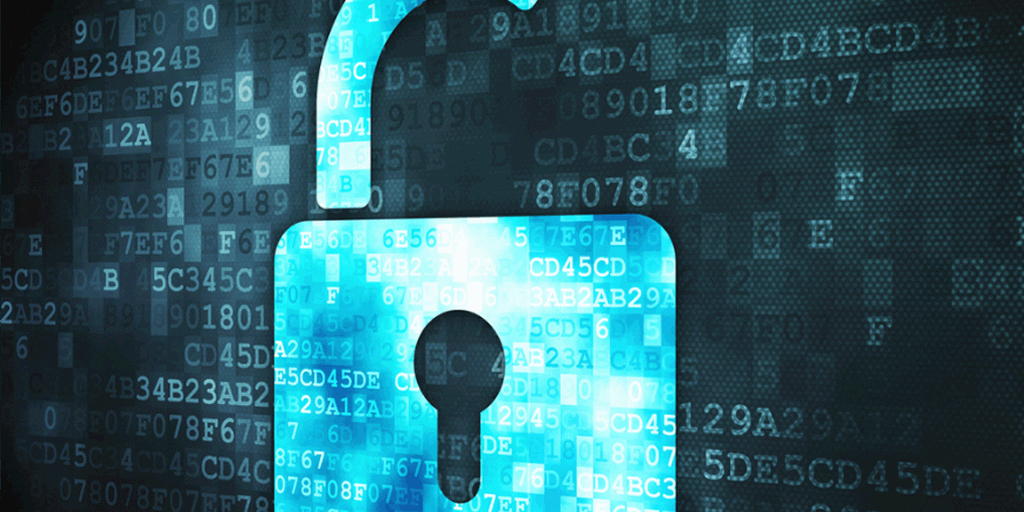Ideal Practices for Data Destruction to Strengthen Your Cyber Security Structure
Ideal Practices for Data Destruction to Strengthen Your Cyber Security Structure
Blog Article
The Value of Effective Data Damage Practices in Shielding Sensitive Information and Ensuring Computer Safety And Security
In a period where data breaches are significantly common, the value of reliable data damage techniques can not be overstated. Organizations face significant dangers when delicate information is improperly disposed of, potentially causing unapproved access and extreme financial consequences. Carrying out robust information devastation methods not only alleviates these threats but additionally aligns with legal compliance needs, making sure that organizations copyright their reputation and foster client count on. The concern continues to be: what specific techniques can be utilized to enhance these techniques, and exactly how can companies effectively incorporate them right into their general cybersecurity framework?
Recognizing Data Destruction
Understanding information devastation is critical in today's electronic landscape, where sensitive information can easily be endangered. Efficient information damage involves not just removing data but ensuring that data is irretrievable through comprehensive techniques. This process is crucial for companies that take care of confidential client information, intellectual building, or inner papers, as any type of breach can cause severe financial and reputational consequences.
Information destruction encompasses different methods, consisting of shredding physical media, degaussing magnetic storage tools, and using software-based solutions that overwrite data multiple times. Each technique offers a certain objective and must line up with the sensitivity of the info being gotten rid of. For instance, physical destruction is typically liked for hard disk drives including extremely personal data, while software program methods may suffice for much less delicate info.
Moreover, adhering to sector criteria and laws, such as the General Data Protection Guideline (GDPR) or the Medical Insurance Portability and Liability Act (HIPAA), is crucial for conformity and to reduce lawful risks. Organizations has to develop a robust information damage plan, train workers on ideal practices, and consistently audit their treatments to make certain that all delicate info is gotten rid of safely and successfully.
Risks of Inadequate Practices
Inadequate information destruction methods subject companies to significant risks that can have far-ranging repercussions. When sensitive details is not effectively thrown away, it stays susceptible to unauthorized gain access to, which can cause information violations and identity theft. Such incidents not only compromise the safety of individuals however also taint the company's track record, resulting in a loss of client trust fund and prospective economic repercussions.
In addition, regulative conformity is progressively stringent in several markets. Failure to abide by information devastation guidelines can result in hefty penalties and lawsuits versus companies. These charges can divert and stress financial sources attention from core service operations.
On top of that, the abuse of recurring data can cause copyright burglary or company espionage, jeopardizing affordable benefits (data destruction). The impact of poor information damage prolongs beyond immediate monetary losses; it can also lead to lasting damage to brand name integrity and market placement

Organizations need to identify that information protection is not only about protecting against breaches; it additionally incorporates the accountable monitoring of information throughout its lifecycle. Disregarding reliable information devastation procedures can have disastrous ramifications, highlighting the need for durable actions to reduce these dangers.
Finest Practices for Information Destruction
Carrying out reliable data destruction techniques is necessary for securing delicate information and maintaining conformity with regulative requirements. Organizations ought to take on a multi-faceted method to guarantee that data is irretrievable, therefore protecting against unauthorized accessibility and prospective breaches.
First, information should be categorized based upon sensitivity, permitting companies to use proper devastation approaches tailored to the degree of risk. For electronic information, using software-based data-wiping devices that follow sector standards can properly overwrite existing data. Physical destruction approaches, such as shredding or degaussing, are crucial for pop over to these guys tools that save sensitive info, guaranteeing complete elimination.
Developing a clear data retention policy is crucial, outlining exactly how long different kinds of information need to be maintained before damage. Regular audits of information storage systems are additionally needed to identify unnecessary or obsolete data needing elimination.
Additionally, training employees on the importance of information devastation and the particular protocols to follow fosters a society of safety within the company. Keeping paperwork of information damage processes gives liability and supports compliance with inner policies and exterior laws. By adhering to these ideal practices, companies can dramatically minimize the dangers related to data direct exposure.
Legal and Compliance Factors To Consider

Failing to follow these policies can result in extreme charges, including significant penalties and reputational damage. Organizations must implement a durable information damage policy that straightens with these lawful structures and supplies clear standards on the proper methods of information disposal, whether physical shredding or digital cleaning.
In addition, keeping documentation of information destruction tasks is essential for showing compliance throughout audits or examinations. By prioritizing lawful and conformity considerations, organizations can boost their information safety position and foster count on with clients and stakeholders, ultimately adding to an extra secure information monitoring setting.
Advantages of Effective Information Destruction
Effective you can look here data damage methods prolong beyond mere compliance; they offer considerable advantages to organizations that prioritize them. By making sure that sensitive info is irretrievably destroyed, organizations alleviate the threat of data violations and the possible economic consequences connected with them. This proactive technique not only safeguards against unapproved gain access to yet also boosts the overall reliability of the company in the eyes of stakeholders and clients.
Applying robust information damage techniques, such as physical destruction of storage space tools or sophisticated data wiping strategies, contributes to the strengthening of an organization's cybersecurity posture. data destruction. It reduces the likelihood of intellectual residential property theft and protects exclusive details, consequently preserving an one-upmanship out there

Verdict
In verdict, reliable data damage techniques are important for safeguarding sensitive info and enhancing general computer security. Eventually, a commitment to durable information damage approaches cultivates a society of responsibility, thereby strengthening an organization's cybersecurity stance and keeping customer trust fund.

Report this page